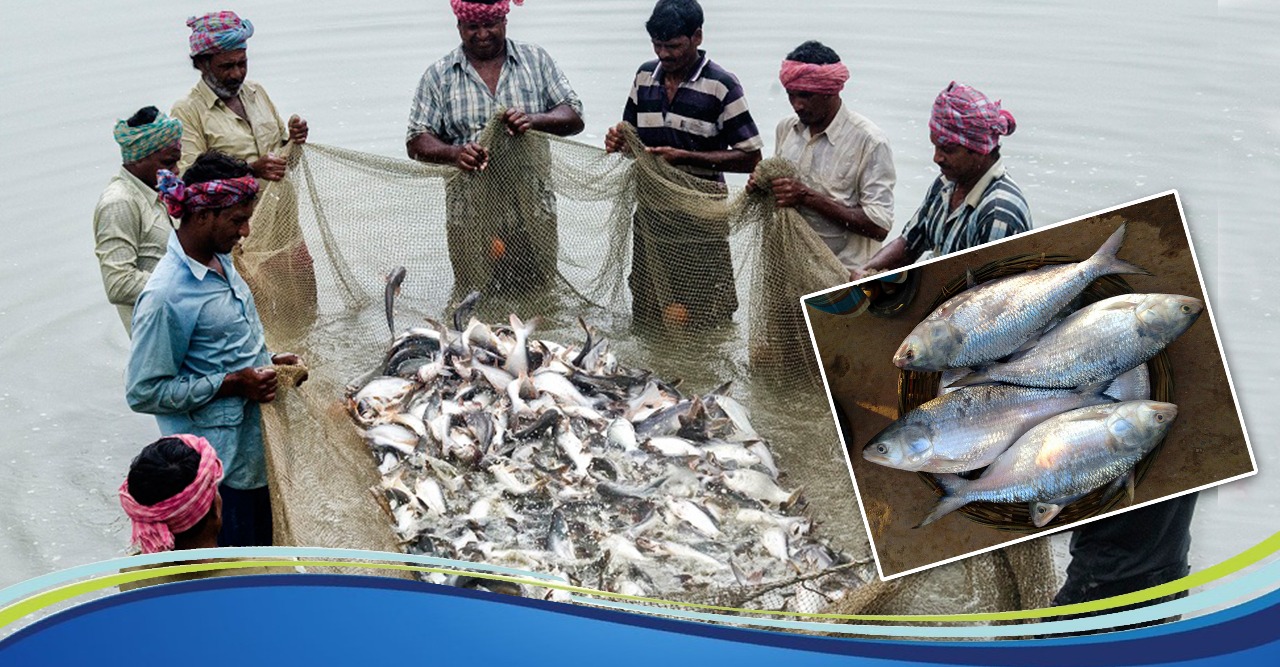The State Fisheries Department has undertaken various programmes for the development of the fisheries sector across Bengal. It is leading a balanced approach by enhancing fish production and thus ensuring nutritious food for all. Simultaneously, it is looking after the sustainability of fisher-folk by ensuring the adoption of sustainable methods of fishing and fish production.
This approach has brought about considerable poverty alleviation. The Panchayats Department is also actively involved with the Fisheries Department on a few aspects.
Aquaculture: Bengal has achieved remarkable results in both the inland fishery and marine fishery sectors. During financial year (FY) 2017-18, the production of fish was 17.42 lakh metric tonnes (MT), a substantial increase over the 2010-11 figures, the last year of the Left Front rule.
Fish seeds: During 2017-18, production of fish seeds was 2,017.7 crore, again a big increase from 2010-11. Fingerlings, numbering 1,700 lakh, have been distributed in about 1.21 lakh water bodies from 2011-12 to 2017-18. Bengal also caters to a huge 40 per cent of the country’s demand for fish seeds.
Fish feed: Nutritionally balanced floating feed is being supplied free of cost since 2014-15. Till 2017-18, 27,000 metric tonnes (MT) of fish feed has been supplied to about 14,000 fish farmers.
Conservation of indigenous local fish: To conserve local indigenous fish species, steps have been taken to introduce indigenous fish (ie, pabda, saral punti, deshi tangra, mourala, chital, folui, etc.) in bheels, backyard water bodies, etc. Special emphasis has been given for increasing production of deshi magur.
Introduction of new species: Culture of many new species like silver pompano, nona tangra, cobia, chanos (milk fish) and marine crab has been introduced in brackish water during the last seven years. The culture of boroli is now also being attempted in the freshwater bodies of south Bengal.
Moyna Model and its replication:For augmenting the production of fish, a new model called Moyna Model was adopted during FY 2017-18. Its prime objective is the culture of mainly rohu, catla and mrigel at the rate of 12,000 kg (12 MT) per hectare per year in the seven districts of Cooch Behar, Murshidabad, Dakshin Dinajpur, North 24 Parganas, Nadia, Howrah and South 24 Parganas as well as in Kalyani Fish Farm in Baro Sagar Dighi (Nadia district).Model fish farms have been identified covering 90 hectares of water bodies, along with 113 progressive farmers.
Export:Achievements in the export sector have also been quite significant under the Trinamool Congress Government. From 61,709 MT of fish worth Rs 1,734 crore during FY 2011-12, the figures reached 1,04,762 MT worth Rs 4,455.74 crore during FY 2016-17.
Thus, Bengal is marching ahead towards not only self-sufficiency in fish production but substantial contribution towards exports too.



